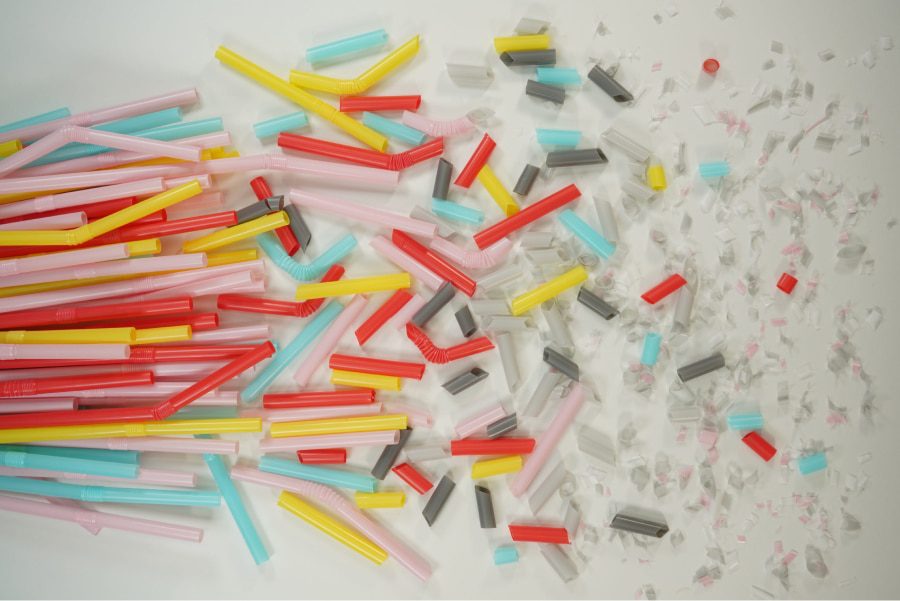What Are Environmentally Safe Cosmetics and How Are They Regulated in the EU?
The concept of environmentally safe cosmetics refers to products that are formulated and manufactured in a way that minimises their impact on the environment. This involves the use of biodegradable ingredients, sustainably sourced materials, reduced packaging waste and eco-friendly production processes.
In the European Union (EU), cosmetics must comply with Regulation (EC) No 1223/2009, which ensures consumer safety but does not directly address environmental safety.
However, other regulations, such as the REACH Regulation (EC) No 1907/2006, govern the use of chemicals to prevent environmental contamination.
Additionally, the Regulation 2024/1781 on Ecodesign for Sustainable Products Regulation and the EU Green Deal initiatives aim to enhance sustainability in various industries, including cosmetics.
To further reinforce sustainability, the EU Chemical Strategy for Sustainability is driving stricter safety assessments of chemicals used in cosmetics.
The aim is to ensure that all substances are safe for both human health and the environment. This strategy also encourages the development of greener alternatives, including bio-based and biodegradable ingredients.
Another important regulatory framework is the European Ecolabel, which certifies products that meet rigorous environmental criteria throughout their life cycle. Companies applying for this label must demonstrate a reduced environmental impact, from the sourcing of raw materials to final disposal.
Ecotoxicity Classification
Ecotoxicity refers to the potential harm a substance can cause to ecosystems, particularly aquatic life. Cosmetics and their ingredients are assessed for ecotoxicity based on their biodegradability, bioaccumulation potential, and aquatic toxicity.
Regulatory frameworks like the OECD Guidelines for Testing of Chemicals provide standardised methods for determining the environmental impact of cosmetic ingredients.
The main ecotoxicity indicators used for classifying cosmetic ingredients include:
- Biodegradability: Measures how quickly a substance breaks down in nature without causing harm.
- Bioaccumulation: Assesses whether a chemical accumulates in the tissues of living organisms, leading to long-term environmental issues.
- Aquatic Toxicity: Evaluates how substances affect marine and freshwater life, considering short-term and chronic exposure.
To minimise ecotoxicity, responsible cosmetic manufacturers opt for green chemistry principles, which emphasize safer ingredient design and sustainable production methods. This includes reducing the use of microplastics, avoiding persistent pollutants, and prioritising natural or renewable raw materials.
The Problem with Greenwashing

Greenwashing occurs when companies falsely claim their products are environmentally friendly to appeal to eco-conscious consumers. Many brands use vague terms like “natural” or “eco-friendly” without proper scientific backing.
To combat this, regulatory bodies, including the EU Commission, are tightening rules around sustainability claims. The Green Claims Directive 2024/825 aims to enforce transparency, ensuring that environmental claims are verifiable and based on solid evidence.
Several common greenwashing tactics include:
- Ambiguous terminology: Using terms like “green,” “clean,” or “eco-friendly” without defining specific criteria.
- Misleading imagery: Packaging products in earthy colours or displaying nature-related symbols to imply sustainability.
- Selective transparency: Highlighting one eco-friendly feature while ignoring other harmful aspects.
- Lack of third-party verification: Failing to obtain certifications from recognised sustainability organisations.
Consumers should look for reputable labels such as the EU Ecolabel, COSMOS Organic, or Ecocert, which provide verified environmental standards.
Companies committed to genuine sustainability must also ensure full ingredient transparency and provide scientific data to support their claims.
Can These Cosmetics Be Considered Clean Cosmetics?
While the term clean cosmetics (for more information on this subject, see our article on Clean cosmetics) is often used interchangeably with environmentally safe cosmetics, they are not necessarily the same.
Clean beauty typically focuses on non-toxic, ethically sourced ingredients for human health, whereas environmentally safe cosmetics prioritise ecological impact. A truly sustainable cosmetic product should meet both criteria.
To fully align with both clean beauty and environmental safety, cosmetics should be free from:
- Synthetic fragrances and dyes: These often contain petroleum-based chemicals that may cause environmental pollution.
- Silicones: Non-biodegradable and can accumulate in waterways.
- Sulfates and (some) parabens: Some of these compounds have been linked to potential aquatic toxicity.
- Microplastics: Found in exfoliants and glitter, contributing to marine pollution (as required by Regulation 2023/2055).
However, clean beauty alone is not always environmentally friendly. For example, a product formulated with only natural ingredients may still have a high carbon footprint due to unsustainable sourcing or excessive water use.
Therefore, eco-conscious consumers should consider both health and environmental factors when choosing cosmetics.
Requisites for Environmentally Safe Cosmetics

To be considered environmentally safe, cosmetics should adhere to the following principles:
1. Use of Biodegradable Ingredients
Preference should be given to substances that break down naturally without harming ecosystems. This includes botanical extracts, plant-based surfactants, and naturally derived preservatives. Biodegradability tests help ensure that a cosmetic ingredient does not persist in the environment.
2. Sustainable Sourcing
Raw materials should be sourced from renewable and responsibly managed resources. This includes fair trade ingredients, sustainably harvested botanicals, and alternatives to endangered plant species. Ethical sourcing practices also ensure biodiversity conservation.
3. Reduced Water and Carbon Footprint
Cosmetic production often involves high water and energy consumption. Brands should implement:
- Waterless formulations (solid shampoos, powders, and concentrates) to minimize water use.
- Energy-efficient manufacturing to lower greenhouse gas emissions.
- Local sourcing to reduce transportation-related carbon footprints.
4. Eco-Friendly Packaging
The beauty industry generates vast amounts of packaging waste.
To minimise impact, environmentally safe cosmetics should use:
- Recyclable materials such as glass, aluminum, or biodegradable plastics.
- Refillable or reusable containers to extend packaging life.
- Minimalist designs that eliminate unnecessary plastic components.
5. Transparent Labelling and Certification
Consumers should be able to trust that a product meets sustainability claims.
Transparent labeling should include:
- Full ingredient lists with clear explanations.
- Verification from third-party eco-certifications.
- Recycling and disposal instructions to encourage responsible waste management.
The Etoxisafe Certification by Our Partners ToxiPlan
To ensure credibility and compliance with environmental safety standards, our partners at ToxiPlan offer the Etoxisafe Certification. This certification assesses cosmetic products based on their ecotoxicity profile, biodegradability, and compliance with stringent environmental standards.
Companies that achieve Etoxisafe certification demonstrate their commitment to sustainable and eco-conscious practices, distinguishing their products from greenwashed alternatives.
Environmentally Safe Cosmetics: The Way Forward
As consumers and regulators push for greater transparency and sustainability in the cosmetics industry, environmentally safe cosmetics are becoming the benchmark for responsible beauty.
Brands looking to align with these values should consider obtaining credible certifications like Etoxisafe to validate their claims and contribute to a cleaner, healthier planet.
With increasing global awareness, the demand for sustainable beauty is set to grow. Companies that take proactive steps to improve their environmental impact will not only comply with future regulations but also gain consumer trust, setting themselves apart in the competitive cosmetics market.
Contact us, and we will be happy to help you to keep your product compliant and sustainable.



